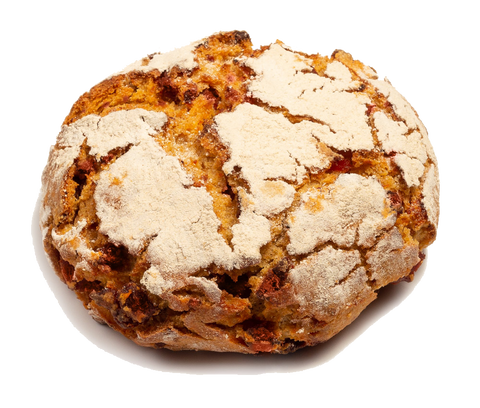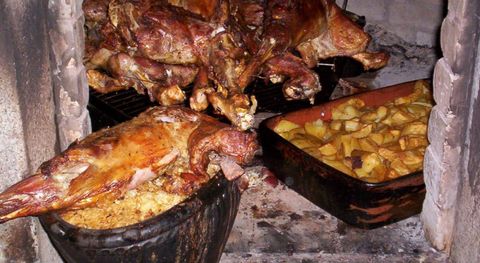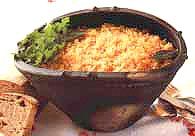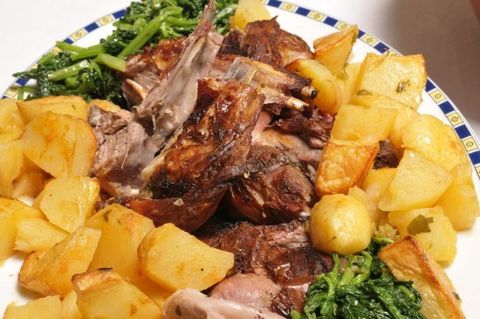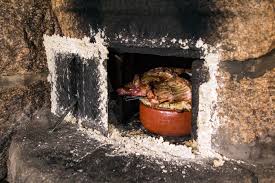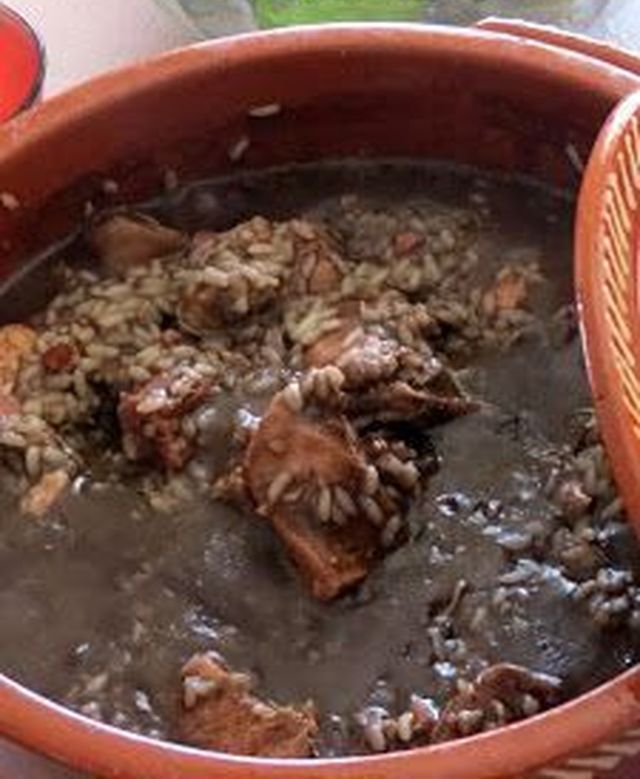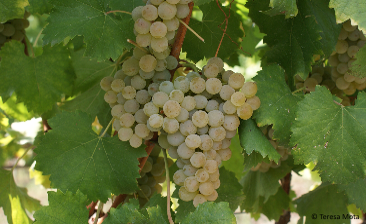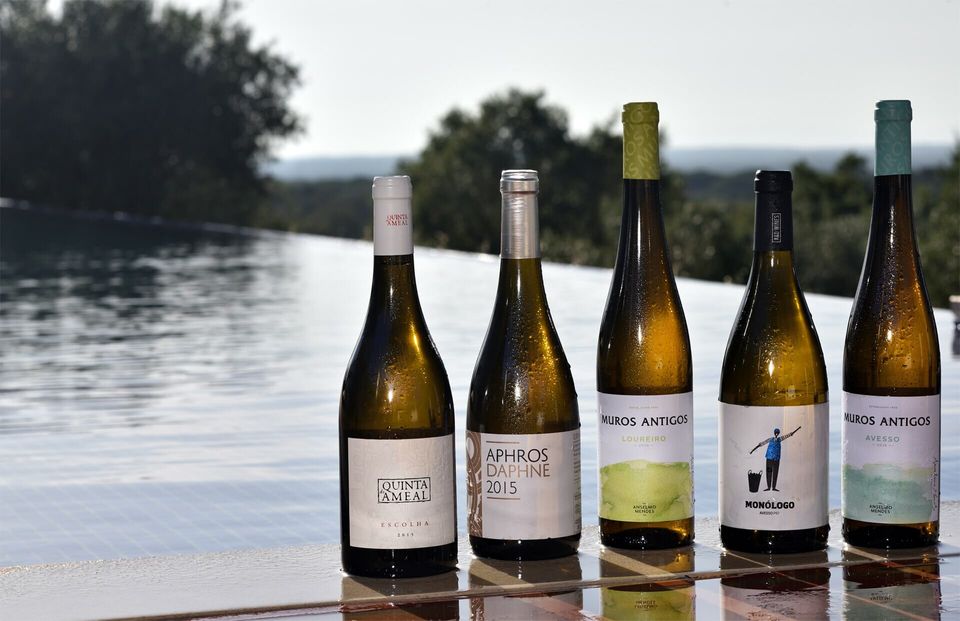CORN BREAD AND MEAT CAKE
In the north of Portugal, the so-called “broas” are very traditional. Despite the fact that corn is of American origin, it is believed that, due to traces found in archaeological sites, in Egypt and Greece, this plant arrived in Europe even before the 'Age of Discovery'. With the colonization of Brazil, this cereal started to be planted in the north of Portugal, as an alternative to wheat. For a long time, the bread is made in the north of Portugal, milling the corn in watermills powered by water. Currently, the bread production extends to the entire national territory, but the best, in the opinion of many connoisseurs, will still be those in the North region. Lately, other ingredients have been added when they are made, with special emphasis on sausages such as chorizo, paio, salpicão and others. In this parish there is the tradition of meatloaf, which is made with corn flour dough, on which, before being put in the oven, pieces of smoked meat are placed.
ROASTED RAW AND OVEN RICE
Record
Anho Assado com Arorno de Oven is a “party dish” par excellence, since time immemorial, gaining special prominence in this region between the Douro and the Tâmega where pastoralism complements agricultural activity. We found it on the one hand, associated with the meal that culminates on the day of the harvest, being served to workers - often neighbors - of small communities that took turns in the spirit of mutual aid in agricultural fields. On the other hand, weddings, on the "wedding" menu, necessarily included the Anho Assado, who often, instead of asking for the date of the engagement, wondered when the "Invitation to the Anho" of marriage. The history of oven rice, typical of this region and which the brotherhood of Anho Assado with Arroz de Forno promotes and defends has a particularity. In the time of our ancestors, we know of the monetary difficulties that passed through these lands, lands that are also of barons and baronesses, of bosses and caretakers. As usual, on feast days, the caretakers prepared the baked roast in the oven so that they could enjoy a nice meal with the family. At the end of the meal, as little was left of the garlic, only rice, which was also delicious, the caretakers found a way to taste the roasted garlic, placing it over the grill, so that it would “drip” the condiments and the taste of garlic with rice. Knowing the good flavors, they could thus taste a tasty rice, with a flavor of roasted garlic. Representativeness in local food: It is the gastronomic dish of the municipality. It is the municipality's party dish Product availability (extinct, continuous offer, recovery): Continuous offer. Anho Assado with Oven Rice is available all year in the municipality. With the Roasted Anho Route with Oven Rice, it is available on several days of the week, in the various restaurants that adhere to it. For large groups, prior booking is required.
Knowing how to do: The particularity of this product has to do with its production method, which must be made in a wood oven, made of clay brick, and the garlic must be roasted over the rice. Its preparation of eve is essential for the meat to acquire all the flavors of the ingredients of the paste in which the garlic is spread.
CABIDELA RICE
It is generally called cabidela a stew that, when in the final stage of preparation, blood is used from the animal that is being prepared. It seems easy as described, but then we will discover the skills of those who know how to do it. It is not known since when this practice took root in Portuguese eating habits, and blood is also made in other European countries. We can certainly say that it was the Portuguese who took these traditions to the new, discovered countries, since we still mostly find the expression “cabidela” to mean the use of blood in the recipe. From Cape Verde with “cabidela rice”, through Angola “chicken from Cabidela”, in Macau with the “duck cabidela”, to India with the “piglet cabidela”, the practice still persists today. In Mozambique and Goa, the Sarapatel recipe is still used today, which also uses blood, but the way of making it is different. However, it is in Brazil that we find the greatest variety of recipes using blood and with the designation “cabidela”. In the entire Northeast it is frequent to find, as well as in Minas Gerais. Maria Lúcia Gomensoro, defines cabidela, in her Gastronomy Dictionary as: “Portuguese cuisine dish, is a bird stew (duck, turkey, chicken or goose), made in a sauce in which your blood is mixed with vinegar.” The dosage of vinegar is one of the delicate issues of this dish because in excess it proves to be a defect. Cabidela in Portugal remains associated with the concepts of certain regional cuisines and in particular that of Minho and Douro. From the quotes above we can deduce that the Arabs who were in the Iberian Peninsula already knew the recipe and that it may also have been adopted by the culinary Frenchisms that invaded us. What is certain is that nowadays we assume the recipe as our "thing". As already mentioned, the Douro continues to raise the flag of the “cabidelas” associated with its “chicken bites on the ground” of which the Municipality of Baião and in particular the Parish of Loivos da Ribeira e Tresouras is excited by a gastronomic event in which “Pica no Chão”, the bread with chorizo and naturally Vinho Verde. We are a family owned and operated business.
GREEN WINE FROM CASTLE AVESSO
As a variety, Avesso could not be more explicit. The name itself is in charge of indicating its marked and problematic personality. It is true, the Avesso variety really likes to be difficult, hostile, schisms, against… inside out. It was born from the Vinho Verde region and it is in this region that it bears fruit and thrives. It is a regional variety, in the most perpetual and particular definition of the term. So regional and local that today it is almost confined to the sub-region of Baião, at the confluence with the Douro region. It is here that it thrives and only here that it endures. As a particular grape variety, unlike the other varieties of the Vinho Verde appellation, it gives rise to very mature wines, with strong alcoholic potential that, in many cases, exceed the maximum values recommended for the appellation of origin. It is a vigorous and productive variety that appreciates the granite outcrops of the soils of the sub-region of Baião. It has already been in serious decline in the region, but today there is a revival around it, an expressed desire to discover its secrets, to unveil its potential. Especially because it can result in wines more serious and complex than the standard in the region, wines more velvety, more voluminous and softer, wines potentially appealing to a wide range of oenophiles.







